
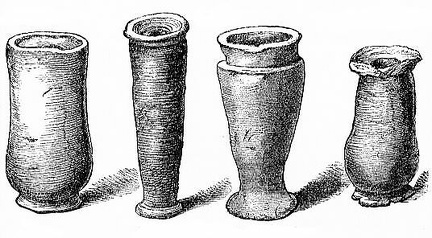 Chaldean vases of the first period
Chaldean vases of the first period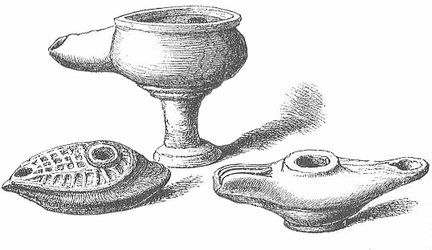 Chaldean lamps of the second period
Chaldean lamps of the second period Chaldean vases, drinking vessels and amphora of the second period
Chaldean vases, drinking vessels and amphora of the second period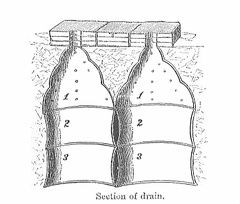 Section of Drain
Section of Drain Chaldean Jar-Coffins
Chaldean Jar-Coffins Chaldean dish-cover tombs
Chaldean dish-cover tombs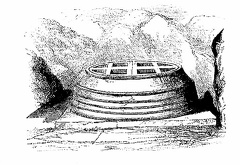 Chaldean Tomb
Chaldean Tomb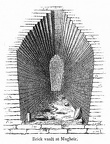 Brick Vault at Mugheir
Brick Vault at Mugheir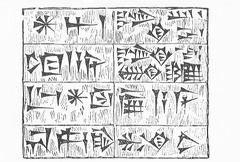 Cuneiform Inscription
Cuneiform Inscription Wild-sow and pigs
Wild-sow and pigs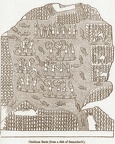 Chaldean Reeds (from a slab of Sennacherib)
Chaldean Reeds (from a slab of Sennacherib)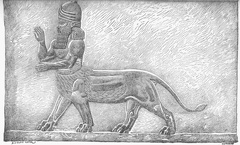 Man Lion
Man Lion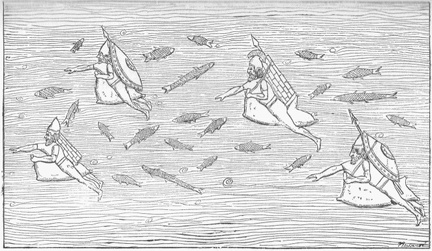 Warriors swimming on inflated skins
Warriors swimming on inflated skins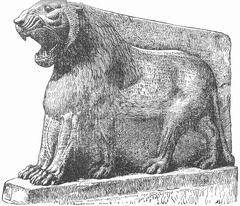 Stone lion at the entrance to a temple
Stone lion at the entrance to a temple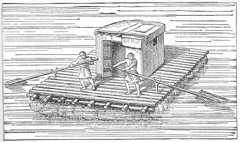 Raft bouyed by inflated skins (modern)
Raft bouyed by inflated skins (modern)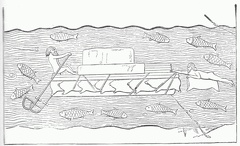 Raft bouyed by inflated skins (ancient)
Raft bouyed by inflated skins (ancient) Winged lion with human head
Winged lion with human head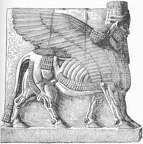 Winged Bull
Winged Bull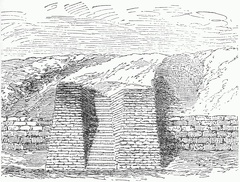 Temple of Êa at Eridhu
Temple of Êa at Eridhu



